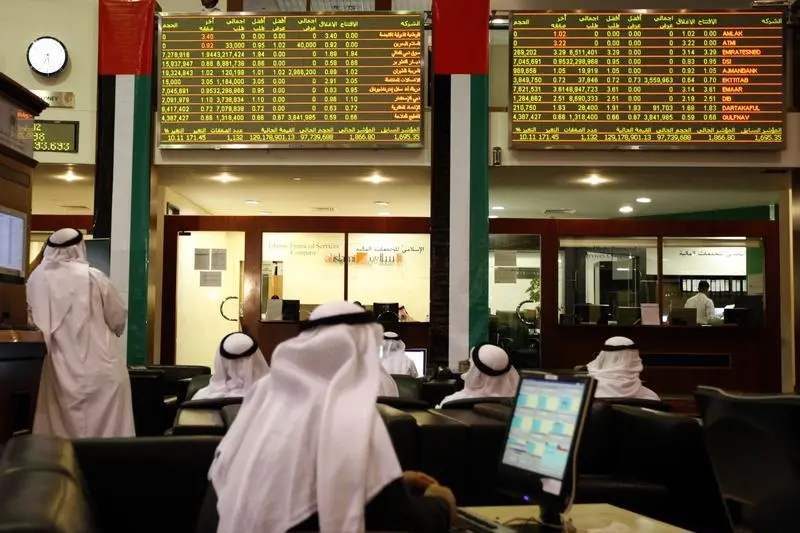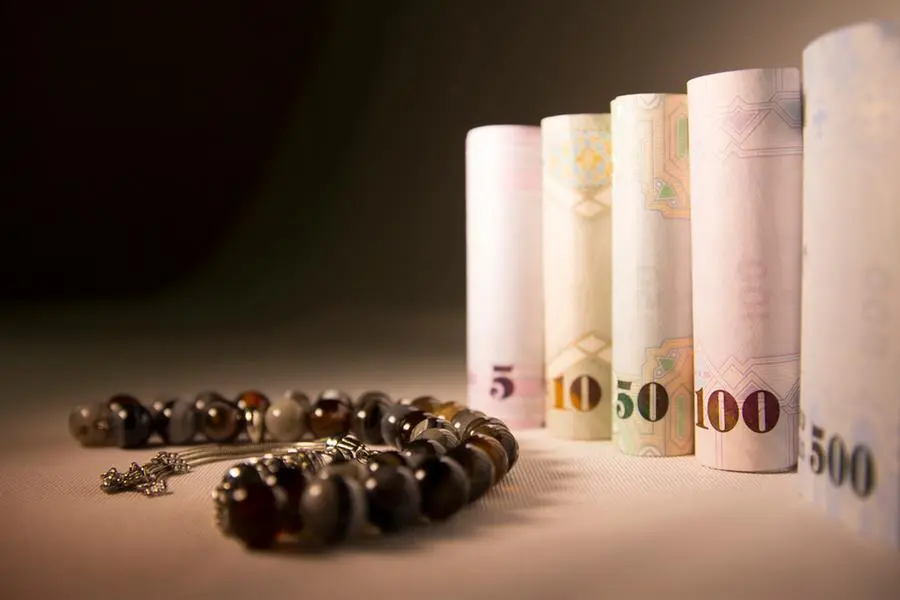PHOTO
Industrial Areas. Image Courtesy: Trakhees
The Planning and Development Department (Trakhees), the regulatory body of the Ports, Customs, and Free Zone Corporation (PCFC), announced the issuance of the first licence for construction using 3D printing technology for buildings in Dubai.
The licence was granted to Nakheel for the Al Furjan Hills project in December 2023. The celebration marking the completion of the printing process for the initial project occurred only 20 days after the start of construction operations.
Sultan Ahmed bin Sulayem, Chairman of the Ports, Customs, and Free Zone Corporation, said, “At the Ports, Customs, and Free Zone Corporation, we are committed to implementing Decree No. (24) of 2021, issued by His Highness Sheikh Mohammed bin Rashid Al Maktoum, Vice President, Prime Minister and Ruler of Dubai, which regulates the use of 3D printing in the construction sector in Dubai. Through the implementation of this Decree, our objective is to drive economic growth, promote environmental sustainability and enhance urban development in Dubai by embracing innovative solutions. We also aim to strengthen Dubai's position as a global centre for construction, building and urban development through our collaborations with real estate developers, such as Nakheel.”
Bin Sulayem highlighted the role of Trakhees in promoting the use of 3D printing technology in construction projects in Dubai. The department has worked alongside several key entities to achieve this, he said. The integration of 3D printing technology represents a pivotal step towards fostering innovation, advanced technology, and a knowledge-based economy, in line with the objectives of the Dubai Economic Agenda D33, he said.
Furthermore, Trakhees has been dedicated to issuing permits and ensuring regulatory compliance in areas overseen by PCFC to support the emirate’s strategic target of ensuring that 25 percent of its buildings are constructed using 3D printing technology by 2030, he added.
Bin Sulayem also highlighted PCFC’s commitment to staying abreast of technological advancements and sustainability practices, while also simplifying procedures to further enhance Dubai's leadership in this sector. “3D printing technology stands as one of the latest eco-friendly construction methods. Unlike traditional methods that involve pouring concrete layers, 3D printing relies on a robotic arm to directly print layers of cement-based material onto a prepared surface,” he explained.
He emphasised the importance of adopting this modern technology to align with Dubai's strategic goals for 3D printing, highlighting its potential to reduce the environmental footprint of construction activities. “This technology facilitates quick and cost-effective project completion. Additionally, it enables precise size control and the construction of complex structures tailored to project requirements, which makes it well-suited for applications demanding non-traditional designs,” he said.
Abdullah Belhoul, CEO of Trakhees, PCFC, said that 3D printing technology has revolutionised the construction industry by providing new opportunities for architects to create structures quickly and with high precision. This opens new horizons for architectural engineering in Dubai and enhances the emirate's economy. He underlined the importance of adopting innovative technologies, which strengthens Dubai's position as one of the leading logistics and commercial centres in the region.
Belhoul also said that the adoption of 3D printing technology significantly reduces labour costs in the field by 80 percent, which leads to a decrease in workplace accidents due to its more programmable and automated nature in construction. It also shortens the duration of construction projects by 60 percent, resulting in fewer working days for workers and accelerating the construction process compared to traditional methods, which typically take several years. This rapid progress enhances project efficiency and contributes to meeting the increasing demands of urban development in Dubai.
Trakhees will continue to work with relevant stakeholders to address technical aspects related to integrating 3D printing technology into the ‘Dubai Building Code’, he noted. This ensures that building designs comply with approved regulations and technical standards in Dubai, in line with the latest advancements in the construction field. The objective is to achieve seamless integration between modern technology and regulatory procedures, facilitating the implementation of construction projects using advanced techniques that adhere to global standards, he added.
The Civil Engineering Department, represented by Trakhees, issued the first ‘no objection’ permit for 3D printing technology in October last year. Remarkably, the printing process was completed in just 20 days from the commencement of operations.





















